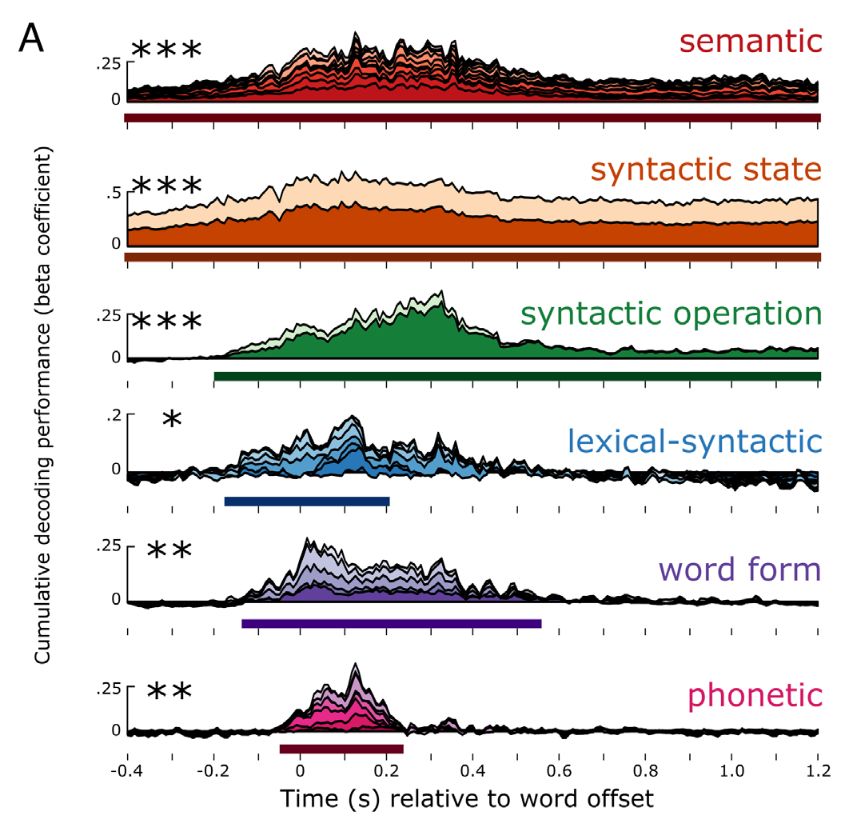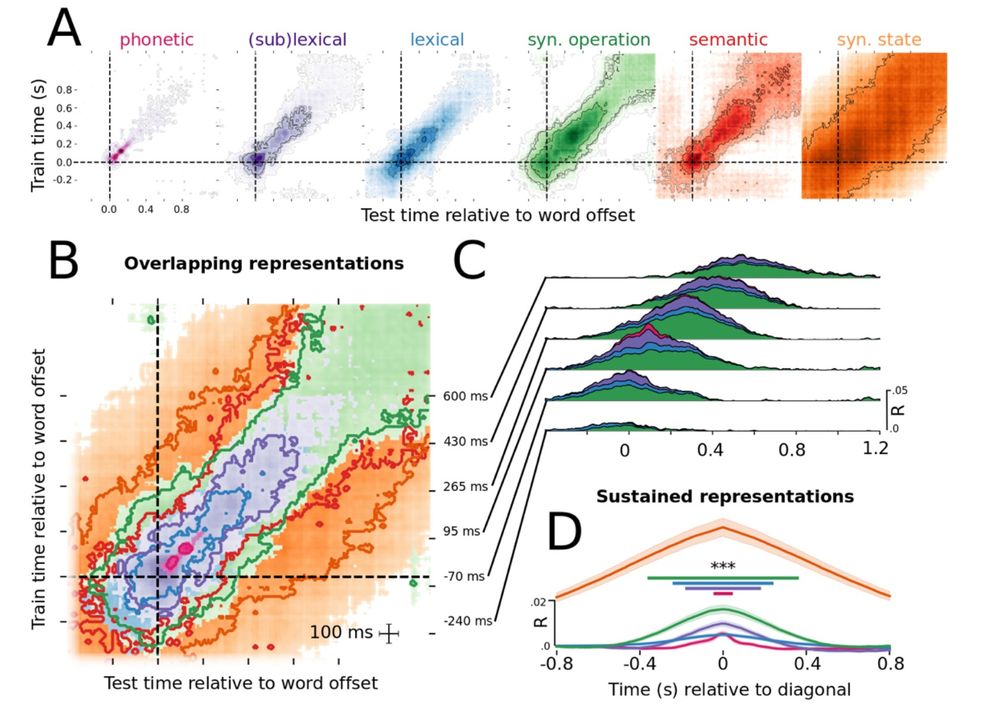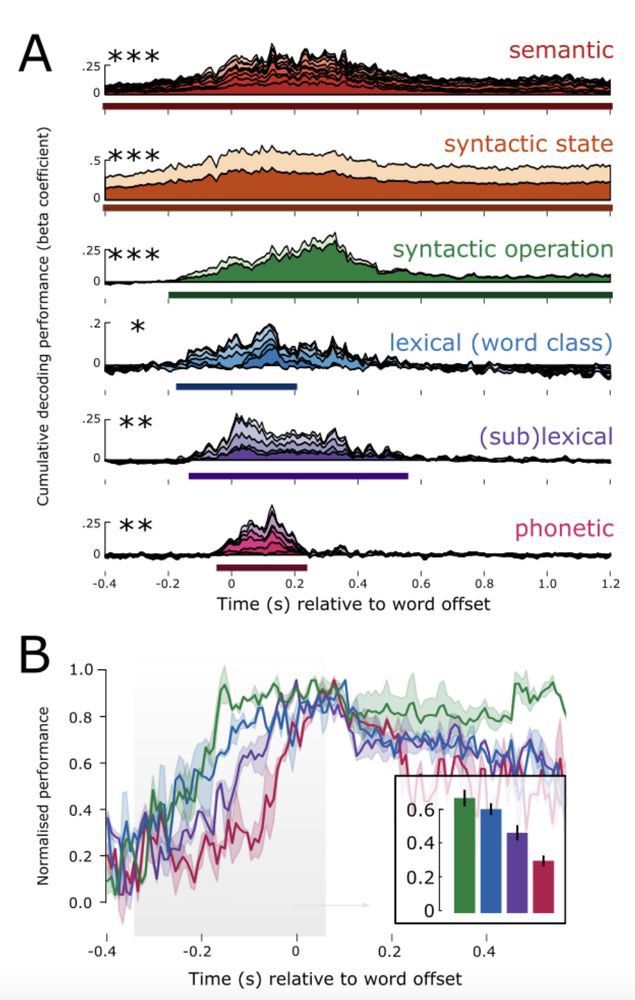
8/8

8/8
7/8

7/8
6/8

6/8
5/8

5/8
4/8

4/8
3/8

3/8
2/8

2/8

link: osf.io/preprints/ps...

link: osf.io/preprints/ps...
link: www.biorxiv.org/content/10.1...

link: www.biorxiv.org/content/10.1...
link: www.biorxiv.org/content/10.1...

link: www.biorxiv.org/content/10.1...




7/8

7/8
6/8

6/8
5/8

5/8
4/8

4/8
3/8

3/8
2/8

2/8





